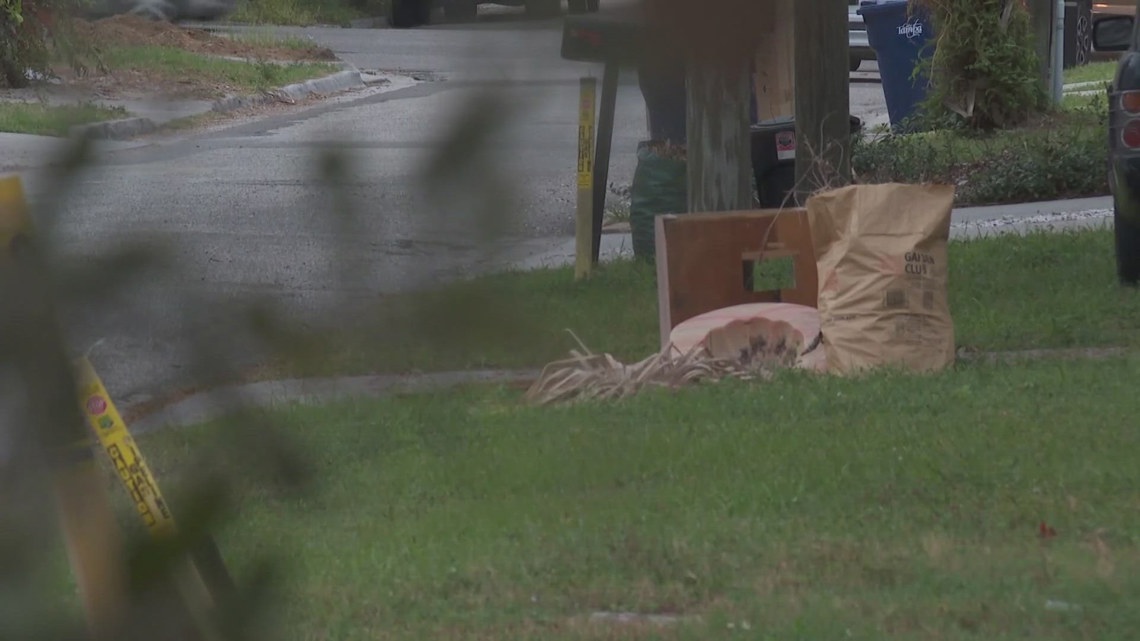The project, a $65 million effort designed to reduce flooding in one of Tampa’s most flood-prone neighborhoods, drew passionate testimony from both sides.
TAMPA, Fla. — A Tampa City Council meeting meant to focus on a small portion of a flood relief project in South Tampa turned into a fiery debate — pitting neighbors against businesses and raising questions about who should pay for long-delayed drainage fixes.
The South Howard Flood Relief Project, a $65 million effort designed to reduce flooding in one of Tampa’s most flood-prone neighborhoods, drew passionate testimony from both sides.
“Neglect is the correct word to use,” said Pamela Canella, one of several residents who accused the city of ignoring South Tampa’s flooding issues for decades.
Others urged council members to take bold action, despite the disruptions it might cause.
“The problem is under the street,” Tina Adams said. “The only way to fix it is to dig it up. It will be a disruption. It will be hard. But big problems require big solutions — and this is a big problem.”
But the city also heard from residents and business owners worried that the plan could do more harm than good.
Steve Michelini, representing several Howard Avenue businesses, said the long-term construction could devastate local shops and restaurants.
“We’re not talking about the survivability of one or maybe two businesses,” Michelini warned. “We’re talking about the whole string of businesses from Swann all the way to Bayshore. It can’t happen.”
Tensions boiled over when Elizabeth Dinwiddie, a South Tampa homeowner, accused city leaders of caring more about high-profile businesses than residents.
“Do you care about the safety of your people?” she asked council members. “I don’t feel that you do. I feel that you like steak.”
Her pointed remark was aimed at Bern’s Steak House — one of the neighborhood landmarks worried about the construction’s impact.
Some taxpayers questioned why they should foot the bill for what they see as a localized problem.
“Yes, they were devastated,” said Stephanie Poynor, referring to homeowners affected by past flooding. “But is it my fault as a citizen? The city cannot pay for other people rolling the dice — and they lost. I’m sorry. It’s just not fair.”
Tarah Bluma, another resident, criticized the project’s high price tag.
“For $100 million, we are going to help maybe 200 people?” she said. “You could write each of them a check for a half-million dollars, build a park there, and call it a day.”
City council members also expressed doubts about the plan’s cost and scope.
“I am more inclined to approve the project today to actually fix the pipes on the roads — just to do that,” Councilmember Lynn Hurtak said. “Because all that’s happening here.”
Others questioned whether delaying a decision might ultimately cost the city more.
“We should be able to afford, as a city, to tell people in areas where they are going to be flooded that we’re going to help them,” Councilman Luis Viera said.
In the end, council members voted to postpone their decision until Dec. 4, directing city staff to reframe the proposal as a water department project rather than part of the broader flood relief plan.
They also asked for an analysis of whether $20 million left over from another drainage project could be used to help pay for it — or if smaller projects spread across the city might serve more residents.

